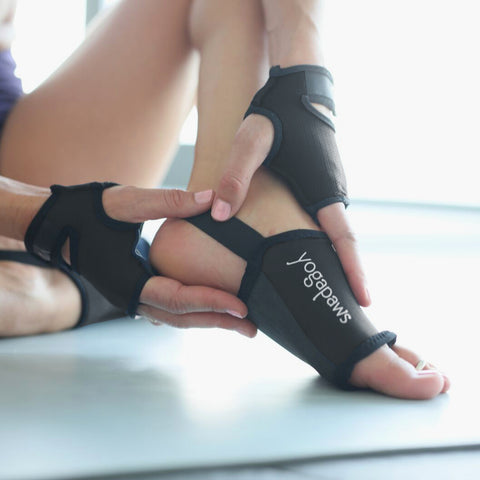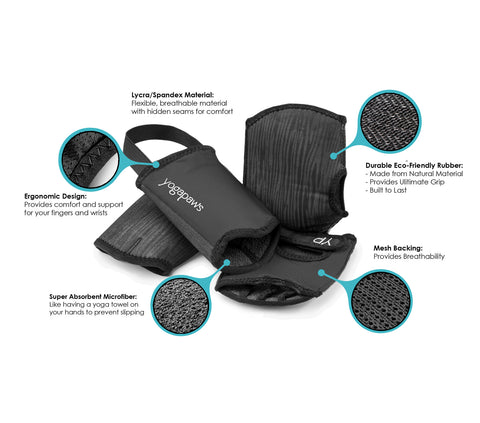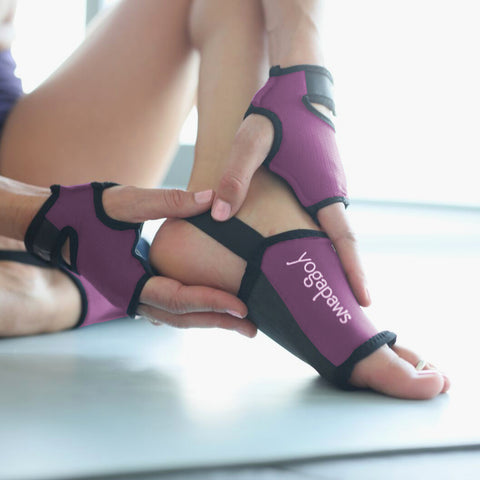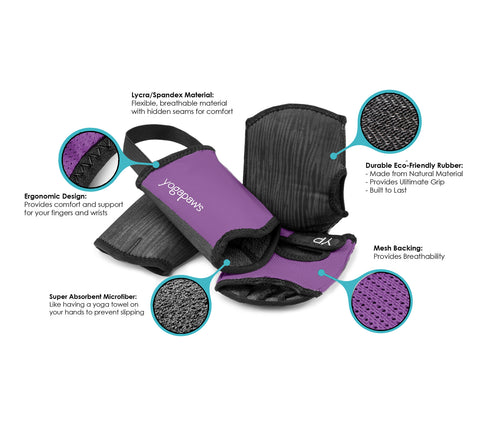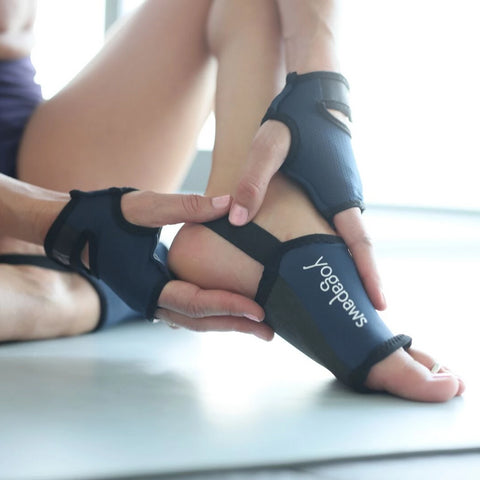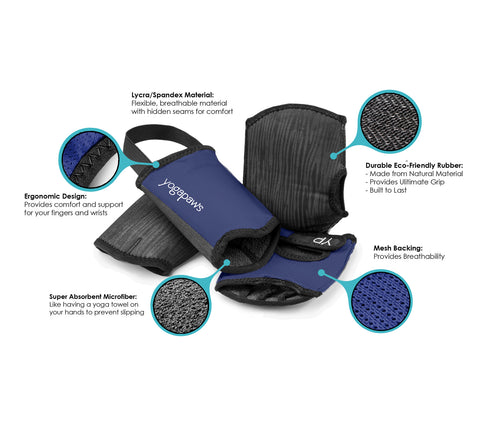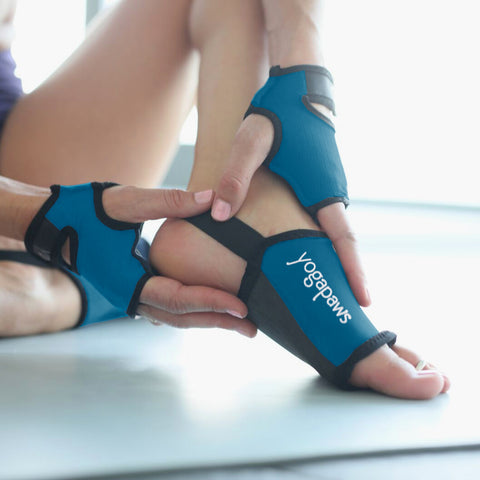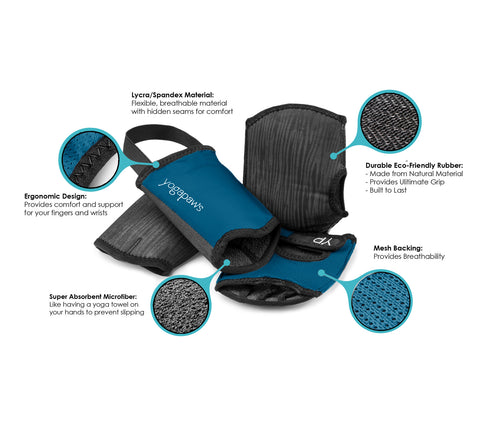Posted on March 05 2019
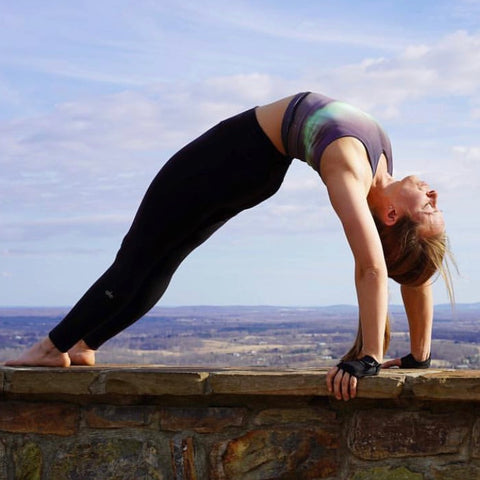 It is often said that everything we learn in yoga class can be translated off your mat and into the real world. But what does that really mean? Yoga can be considered a metaphor for life. The lessons we learn during our asana practice can be applied to physical, mental, and emotional aspects of our everyday lives. Here are some ways you can take your yoga practice off your mat and into your life:
It is often said that everything we learn in yoga class can be translated off your mat and into the real world. But what does that really mean? Yoga can be considered a metaphor for life. The lessons we learn during our asana practice can be applied to physical, mental, and emotional aspects of our everyday lives. Here are some ways you can take your yoga practice off your mat and into your life:
Breath
In yoga, we learn to breathe through our most difficult postures. When we are experiencing difficult holds or balancing poses, we are taught to breathe into that space and concentrate on our breath to help guide us through. This is something that can be translated off the mat as well. When life gets tough and overwhelming, you can always come back to your breath and breathe through your most difficult tasks.
Recognize that you can handle hard things
Sometimes, yoga can be downright hard! From balancing on your arms to holding postures for long periods of time, practicing yoga reminds us that we can make it through difficult times and that you can handle hard things! The same can be applied off out mats. Life can often get difficult, overwhelming, and stressful. But no matter what, you know you can handle hard situations.
Practice compassion and kindness towards yourself
In Sanskrit, the word “Ahimsa” translates to "non-harming," or practicing kindness and compassion for yourself. This is considered an important theme in yoga and is actually the first Yama in Patanjali’s eight-limbed path of yoga. On our mats, practicing kindness can mean several things, including practicing modifications when our body needs it, or not beating yourself up if you fall out of a pose. Off our mats, practicing Ahimsa can allow us to live better lives. If something is not serving you, let it go or try a new approach! If you mess up on something, rather than giving up or beating yourself, try being kind and treating yourself with respect by forgiving and working towards awareness rather than aggression.
Be present & mindful
Presence is a huge part of practicing mindfulness on your mat. Rather than thinking about all the things that you have to do tonight or tomorrow, our yoga practice helps us stay present and focus on the now. Off our mats, we often are so concerned about upcoming events or how much we have on our to-do lists that we become stressed out easily and miss the current moment. If done often enough, life can end up passing us by rather quickly. That’s why being present can help us live better and more fulfilling lives. It can also help us communicate better and be more mindful when interacting with others. Instead of being angry or lashing out when upset, being mindful allows us to slow down, breathe, and really think about what we say before we say it!
Here are three yoga poses you can do anywhere, mat or no mat:
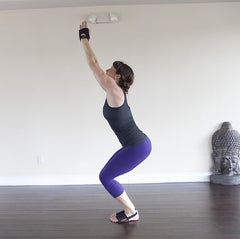 |
Utkatasana (Chair Pose)Benefits: This is a great pose for strengthening your legs, calves, while stretching your shoulders and opening your chest. It is a great balancing pose. How it's done:
|
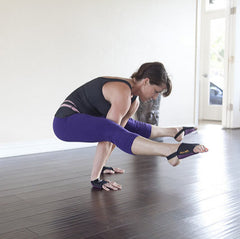 |
Tittibhasana (Firefly Pose)Benefits: How it's done:
|
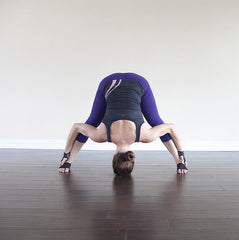 |
Prasarita Padottanasana 4 (Wide Forward Bend Pose)Benefits: This pose allows to feel supported and free at the same time, countering the feelings of isolation and constriction that often accompany anxiety and depression. How to do it: Stand with your feet in a wide stance. Bending from your hips, place the crown of your head on the ground with your arms next to your head. If your head doesn’t reach the floor, place a prop underneath it. Remain in this pose for one to two minutes.
|
Thanks for reading! Feel free to take 10% off your next order with code: PAWBLOG

AUTHOR BIO
Stephanie Morgan is a yoga instructor and fitness, fashion & lifestyle blogger from Chicago! Yoga has impacted her life in so many ways, and she loves having the opportunity to teach and share her practice with others. She hopes to encourage and inspire other people to follow their dreams and find new levels of possibility in their minds and bodies by bringing their practice off their mat and into their lives! You can find her blog at www.XoStephMorgan.com
Instagram: www.Instagram.com/XoStephMorgan
Facebook: www.Facebook.com/XoStephMorgan
Twitter: www.Twitter.com/XoStephMorgan

